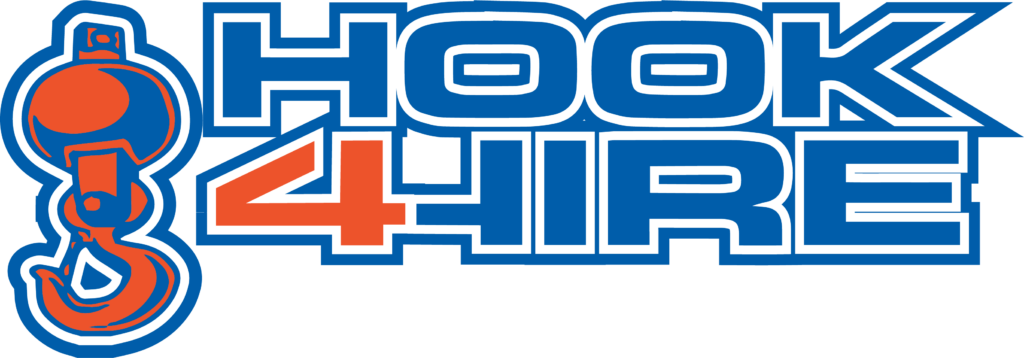Crane lifting equipment is essential on construction sites worldwide. They are the only way to get raw materials onto the building site. A crane helps a construction crew lift materials that they would otherwise find too heavy to move. There are plenty of benefits that go into having a crane in use at construction sites globally. It ranges from attaining the height of urban skyscrapers to installing trusses on rural barn roofing systems.
The heavy lifting that’s impossible for human hands to do no matter the effort gets handled by cranes.
It’s a huge piece of equipment that has many parts. While the crane as a whole is easy to detect from afar, getting to know the components and what they do can be confusing. If there is a crane on a job site at any point, it’s important for the parts of a crane and their functions to make themselves known.
The Parts and Functions of a Crane
When it comes to engineering, cranes are incomparable wonders. If you’re going to be working with a crane or getting one soon, here are parts and functions to familiarize yourself with.
The Counterweights
Oftentimes, there is a considerable amount of weight on a particular end of the crane. In order for it not to tip over, there are weights on the back of the crane for the load to be offset. While the counterweights themselves are heavy, when it comes to transport it’s not a problem since they can be removed easily.
The Crane’s Hook
When it comes to a construction crane, this part is practically the machine’s trademark. It’s the main connection between the load to be carried and the crane itself. If there are especially heavy, large items lying around the job site it will take much more than standard human effort to make a transfer.
For the most part, hooks need to be strong and durable. Otherwise, they won’t be able to handle a significant amount of materials at a time which can reach tonnes on end. For a load to get picked up well, however, hooks will depend on other things.
The Sheaves and Wire Rope
Using the wire rope is how the hook manages to lift objects. For loads that are more extreme than anything, heavy-duty wire ropes will help get the job done. Don’t be misled by what they’re called; this is not standard twine or fiber. It’s steel wire cables that were bundled and twisted methodically in order to be formed into a helix. Multiple helixes then get twisted for a tougher rope to be formed overall.
On the other hand, sheaves are ideal for helping the hook to have more weight capacity. It’s a pulley system that allows the rest of the crane to connect with wire ropes. The amount of wire ropes is directly proportional to weight distribution.
Conclusion
Cranes play a vital role in any construction, whether the structure is residential or commercial. Key parts include the crane’s hook, sheaves, wire rope and counterweights. Primarily, it serves to carry significantly heavy loads in the tons.
In need of crane rental agencies in Owensboro, KY? Drop Hook4Hire a line today! We have top-quality, efficient cranes made to guarantee project completion and cover long distances.
